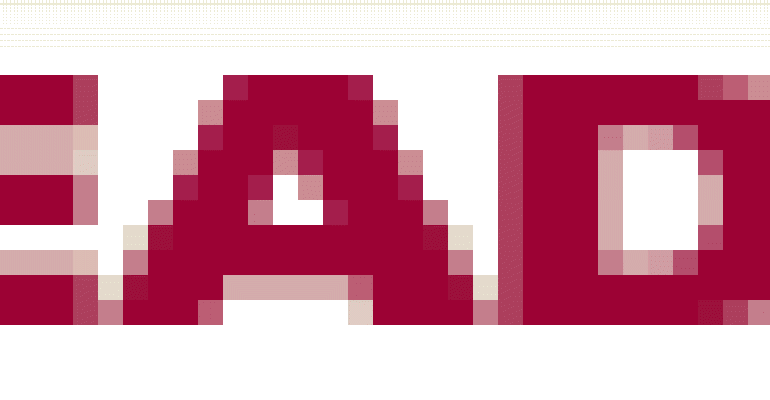| The OEX index is trading at $560, and your client wants to sell 560 puts for $10. Is there a similar strategy with less risk that you can recommend? Yes! Read on. Rather than selling a "naked" 560 Put, one could opt for a "Bull Put Spread." Investors sometimes use this type of vertical spread when they have a neutral to moderately bullish opinion.
As an example, assume that the OEX is trading at 560 and that the 560-540 bull put spread is created as follows:
Note that commissions are not included. Also, vertical spreads must be established in a margin account.
In the bull put spread described above the profit potential is limited to $5.80 per share (see Table 1), or $580 per spread, which is the net premium received. The spread's maximum value is 20, which is the difference between the strike prices of 560 and 540. The maximum risk, therefore, is the maximum spread value of 20.00 minus the net credit received. Therefore, the maximum risk in this example is 20.00 -- 5.80, or 14.20 per share or $1,420 per spread, not including commissions. Remember, the risk of a naked short 560 Put is substantially greater, as the OEX could drop significantly below 560. Theoretically, the index could drop to zero!
In the example above, your client can either sell the 560-strike put for $10 or the 560-540 Put spread for $5.80, not including commissions. Since the OEX options are subject to American-Style exercise, the possibility of an early assignment must be considered. Nevertheless, in the event of a major and unexpected market decline, the purchased 540-strike put is a "safety net" for your client's short 560-strike put.
FOR REGISTERED REPRESENTATIVES ONLY. NOT FOR CUSTOMER DISTRIBUTION.
Options are not suitable for every investor. For more information, consult your investment advisor. Prior to buying and selling options, a person must receive a copy of Characteristics and Risks of Standardized Options which is available from your broker or from The Options Clearing Corporation (OCC) by calling 1-888-OPTIONS, or by writing to OCC at One North Wacker Dr. Suite 500, Chicago, IL 60606.
|

Untitled
The OEX index is trading at $560, and your client wants to sell 560 puts for $10. Is there a similar strategy with less risk that you can recommend? Yes! Read on. Rather than selling a "naked" 560 Put, one could opt for a "Bull Put Spread." Investors sometimes use this type of vertical spread when they have a neutral to moderately bullish opinion. A bull put spread involves the sale of one put and
0 comments
Hide comments











